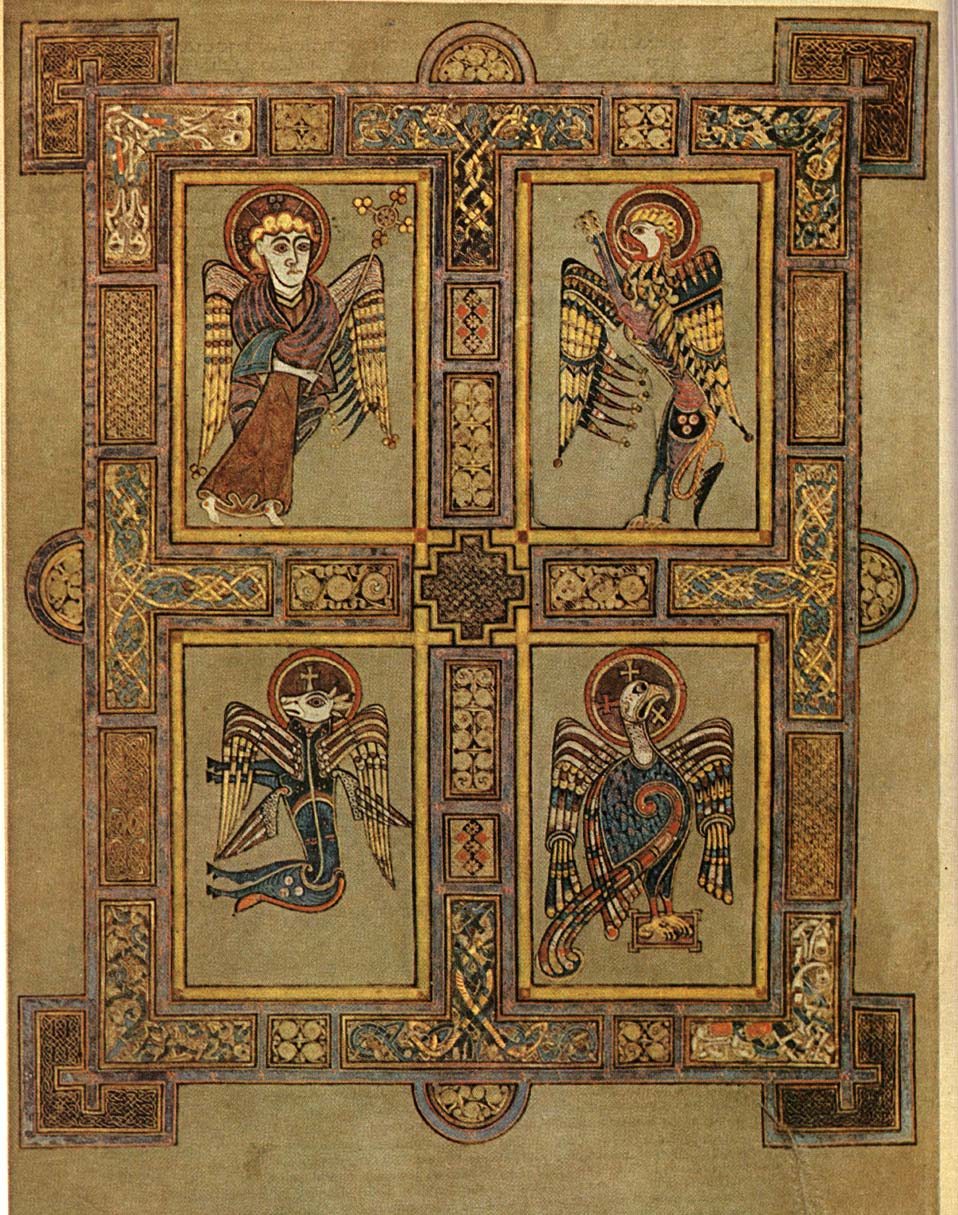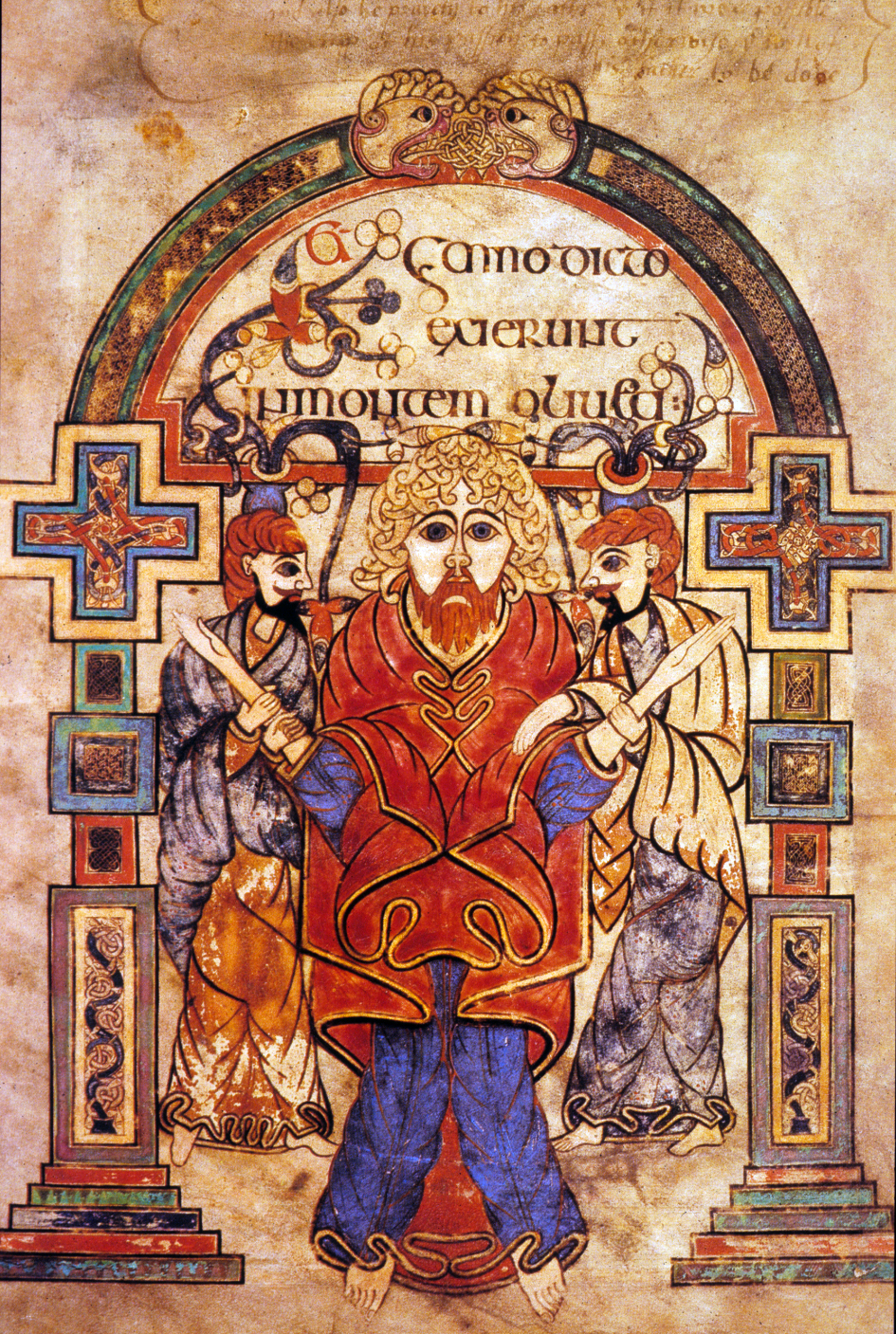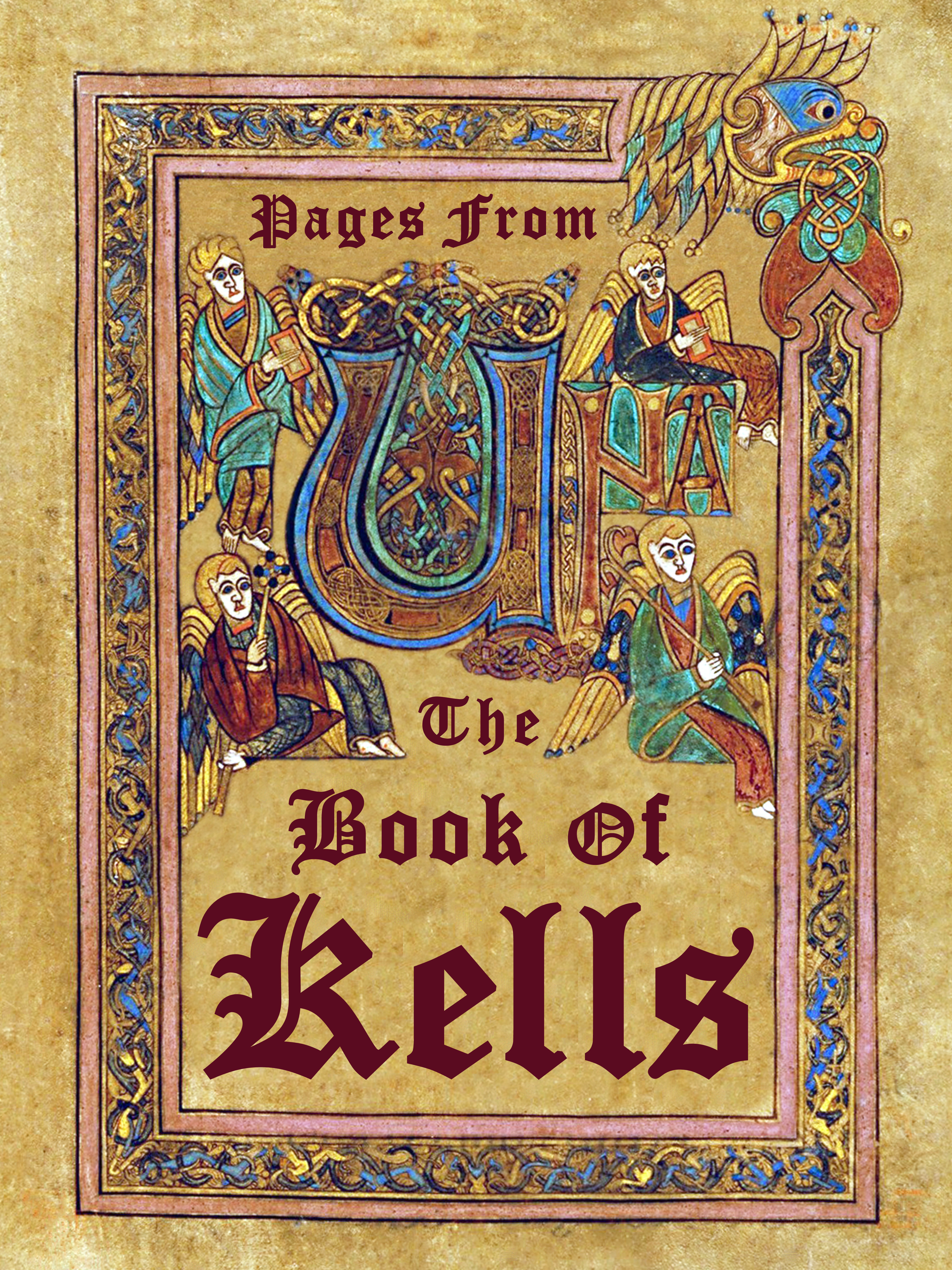One of my child’s favourite films is ‘The Secret of Kells’, an animated piece made in Ireland. The film looks at the creation of the famous Book of Kells, one of the greatest Irish treasures found in the world. I’d definitely recommend having a watch of the film with your kids (it’s a beautifully drawn piece that I actually enjoyed myself), but a couple of months ago, I decided to head out for a particularly special day trip.
The Book of Kells itself is found in Dublin, contained in a specially made part of the famous Trinity College. If you haven’t heard of the book, it’s a beautifully made piece dating back around a thousand years ago. Hundreds of beautifully drawn pages tell the stories of the gospels (the book’s unique art style obviously inspired the film) in a really impressive way.
We stayed in the Travelodge Dublin Rathmines Hotel, about a mile from central Dublin (I never like staying right in the middle of cities, especially when I’m travelling with the family – way too noisy), saving a bit of cash. Dublin gets pricey pretty quickly, so every penny really does matter there.
Not going to lie, the Book of Kells exhibition itself seemed pretty expensive for what we got, with family tickets costing €20, and the exhibit only really including a look at a few pages of the book and a trip around a library. If it had been a bit cheaper, it would definitely make for a great day out (kid loved it, not surprisingly).
After visiting the Book of Kells, we got a nice lunch, and decided to check out a couple of Dublin’s free museums. With huge animal skeletons everywhere, the Natural History Museum was a particular favourite, while the National Archaeology Museum just didn’t seem to appeal as much. There’s a whole lot to see around Dublin, so we didn’t end up bored at any point, and it all definitely made for a great day out.
If we head back to Dublin, we’ll probably try some different stuff. I’m definitely thinking a trip to Dublin Zoo might be the way to go, with how popular the exhibits over at the natural history museum were. Might be nice to see what it’s like when the animals are healthy.


